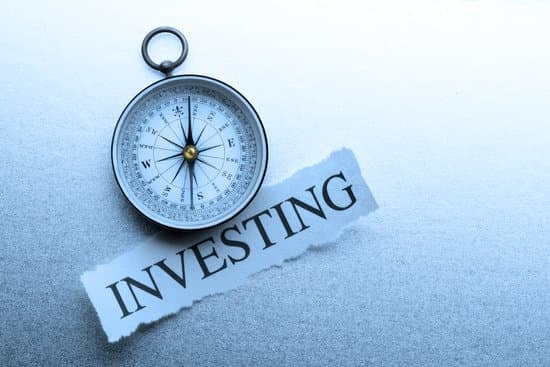
The Indian economy has been witnessing significant growth owing to multiple factors ranging from the government’s increased capex growth, the China +1 strategy and the resilience of the country’s domestic demand situation. On a relative basis, a favorable interest rate versus growth rate differential benefits India, even as domestic demand and consumption contributes significantly.

The seasonally adjusted HSBC India Manufacturing Purchasing Managers’ Index™ (PMI) climbed to a 16-year high of 59.1 in March 2024, from 56.9 in February 2023. Growth quickened across the consumer, intermediate and investment goods sectors. On a relative basis, India continues to have the highest PMI globally. This is driven by a higher demand, largely arising out of higher levels of disposable income, which in turn has led to a greater demand towards premium goods and services. Middle-class households, which now represent over 30% of the population, lead to the bulk of the expansion in premium categories.

The month of March was an interesting one, as markets witnessed a correction during the mid of the month owing to multiple factors, before picking up towards the last week of the month. The Nifty closed at 22,327 ending higher by 1.6% month on month in March 24. The chart on the right shows the performance of major equity indices over the past 1 year. The index made up for the significant losses that it witnessed, within the small cap and mid cap space and ended the year on a positive note. Despite a downturn in certain sectors such as banking, energy, and telecom, there are signs indicating potential for recovery and growth in the near future. The technology, capital goods, retail, consumer discretionary, healthcare, and basic materials sectors emerged as frontrunners, propelled by factors such as technological advancements, infrastructure development, and consumer spending trends.

Small-cap and mid-cap indices which witnessed unprecedented gains over the past year witnessed some profit booking during this month. Despite the correction stocks within the small cap and mid cap category continue to trade at high valuation and this is reflected in their higher average EPS numbers. The downturn became even more evident as the SEBI came out with additional disclosure requirements for the Small Cap and Mid Cap categories and raised concerns around the ‘froth’ building up in certain pockets of small-cap and mid-cap stocks (Click here to read more on this topic)
With elections around the corner, we are likely to witness some continued volatility in the markets. However, we think that a lot of the market movements are likely priced in and the volatility presents a good buying/ selling opportunity for investors.
The total assets managed under mutual funds are at INR 54.53 trillion as of February 2024, a growth of 34.01% over the past year. FII flows into domestic equity funds remained positive during the month of March, amounting to INR 3314.47 crores. Domestic investors however, continued to lead the mantle by investing to the tune of INR 56311.60 crores.
Where to Invest?
The regulator brought in fresh advisory around small cap and mid cap funds, raising valid concerns around the overvaluation in certain pockets of small cap and mid cap stocks. Its important for investors to take note of the fact that Price to Earnings (PE) ratios for a lot of stocks falling in the small cap category have risen significantly. Moreover, in a lot of instances, the PE expansion is not supported by corresponding growth. In the case of large caps for instance, a higher liquidity, higher market depth and a longer trading history make them less prone to heightened market volatility, thus leading to a slower correction in the instance of a steep fall in the market.
Arbitrage funds present a unique investment opportunity that capitalizes on price differentials. These funds tend to showcase good performance during volatile and choppy markets. Investors can park their idle funds in arbitrage funds considering that these funds have the ability to provide stable returns and are considered a lower risk product.
India’s inclusion on the Global bond Index starting June 2024 also bodes well for the Indian Bond Markets. While debt funds have remained on the sidelines owing to multiple factors, especially in the post Covid years, the tide seems to be turning. If the interest rate decreases, new bonds will offer a lower interest rate, thus making existing bonds attractive and pricier, consequently leading to a rise in the value of debt fund investments that would have been accumulating units in the low phase.

















